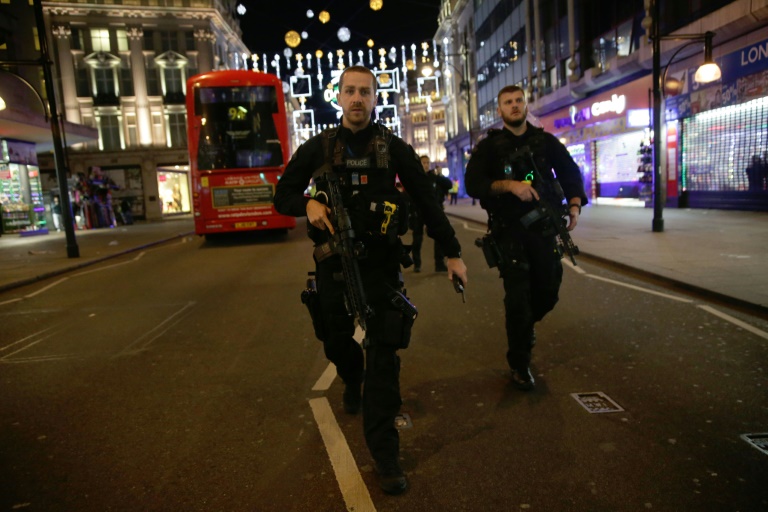But Professor Jon Coaffee, of the Resilient Cities Lab at the University of Warwick, warns against creating an “architecture of paranoia”.
Which concrete measures have been taken in London to counter terrorism?
“Since the early 1990s London has led the way in advancing urban counter-terrorist security in the form of ‘rings of steel’ — in the financial zones of The City and Docklands –- with strategically positioned entry checkpoints, bollards and hi-tech surveillance combined with vigilant and visible policing at times of high threat.
In the last decade additional measures have been deployed throughout London, centred upon the so-called Government Security Zone encompassing Whitehall and the Palace of Westminster.
Whilst these most recent measures were put in place in the wake of 9/11 and 7/7 due to fears on indiscriminate attacks against public places, over time terrorist attacks have become more sophisticated, employing tactics and targeting locations which negate such traditional security architectures.
A surge of vehicle-as-weapon attacks in recent years in a number of global cities both highlights the perpetual threat faced by cities in the never-ending ‘war on terror’ and the necessity for a proportionate counter-response.”
How has London changed since the Westminster bridge attack?
“More public spaces and transport infrastructure have been protected by ad hoc concrete blocks or metal barriers that, in many cases, will evolve into bollard-style streetscape security solutions.

Armed policemen walk down Oxford Street in central London in November, 2017, as police respond to an incident at Oxford Circus
Temporary barriers and security interventions have also been deployed such as spiked matting in an attempt to thwart VAW (vehicles as weapons) attacks during particular events such as the Lord Major’s Parade.
In addition, there has been a large deployment of armed police on the street that seek to reassure the public, and the rolling out across London of Project Servator — police deployments or roadblocks.
They were originally introduced by the City of London Police in February 2014 as a tactic to deter and detect terrorist activity.”
What are the consequences of these policies?
“Security measures -– sometimes referred to as security theatre — seek to create the visual impression that a place is under protection and impregnable to attack through the use of increasingly fortress-like design.
Notable features include bollards, gates and security cameras operating in conjunction with heavily armed and very visible policing.
The downside of creating such a ‘safe zone’ is that it can create an ‘architecture of paranoia’ which people might be fearful to frequent.
Rather than emitting feelings of safety and security, it foregrounds the possibility of attack, inducing a kind of securitised agoraphobia.
Likewise, a heavily defended location might become a prime target for terrorist attack, given the propaganda value that would be achieved if a terrorist managed to penetrate supposedly unassailable security.
We live in dangerous times; but how we react to the risk of terrorism has impacts on our public realm and civic sense for many years.
In many ways the threat to cities comes as much from our policy responses to such risks as the actual act of terrorism.
Both have the potential to harm the freedom of movement and expression that define a vibrant city.”
Download our app